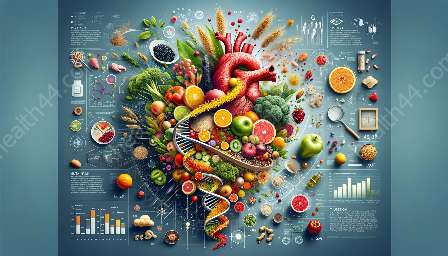Introduction to Aging and Biochemical Pathways
Aging is a natural process that brings about various changes in the human body, including alterations in biochemical pathways. These changes have significant implications for nutrient requirements and dietary recommendations.
Impact of Aging on Nutrient Absorption and Metabolism
As individuals age, there is a decline in the efficiency of nutrient absorption and metabolism. For instance, the production of digestive enzymes may decrease, leading to reduced absorption of certain nutrients such as vitamin B12 and iron. Additionally, age-related changes in the gastrointestinal tract can affect the absorption of nutrients, further contributing to altered nutrient requirements.
Changes in Biochemical Pathways and Nutrient Requirements
The aging process can result in alterations in biochemical pathways involved in nutrient metabolism. One example is the decline in insulin sensitivity, which can impact the body's ability to manage carbohydrates and sugars. Consequently, older individuals may have different requirements for nutrients such as carbohydrates and fats compared to younger individuals.
Role of Nutritional Biochemistry in Understanding Aging-Related Changes
Nutritional biochemistry plays a crucial role in elucidating the molecular mechanisms underlying aging-related changes in biochemical pathways. By studying the intricate interactions between nutrients and biological processes, nutritional biochemists can provide insights into how aging affects nutrient utilization and metabolism, thereby informing dietary recommendations for older adults.
Dietary Recommendations for Aging-Related Changes
Considering the impact of aging-related changes in biochemical pathways, dietary recommendations for older adults need to be tailored to accommodate altered nutrient requirements. For example, increased intake of certain nutrients such as vitamin D, calcium, and protein may be necessary to counteract age-related changes in bone health and muscle mass. Likewise, modifications in macronutrient ratios and meal timing may be recommended to address metabolic alterations associated with aging.
Conclusion
Understanding how aging-related changes in biochemical pathways affect nutrient requirements and dietary recommendations is essential for promoting optimal health and well-being in older adults. Through the integration of nutritional biochemistry and nutrition science, we can develop targeted dietary strategies that address the specific needs of aging individuals, thereby enhancing their overall quality of life.


